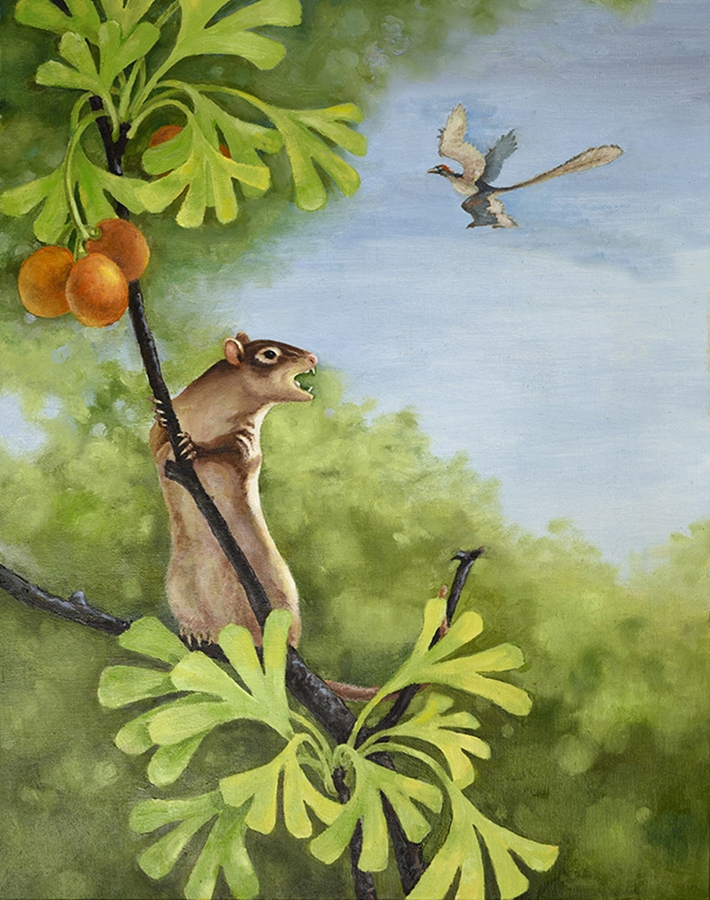Jeholbaatar kielanae: Cretaceous-Period Mammal Had Bizarre Middle Ear

Paleontologists in China have unearthed a nearly complete skeleton of a previously unknown Cretaceous mammal species with well-preserved middle ear bones.
The ancient creature is a multituberculate mammal (order Multituberculata), a distant relative of today’s rodents.
Named Jeholbaatar kielanae, the animal lived approximately 120 million years ago (Early Cretaceous period) in what is now China.
It had a body mass of about 50 grams and a middle ear very distinct from those of its relatives.
“Jeholbaatar kielanae displays the first well-preserved middle-ear bones in multituberculates, providing solid evidence of the morphology and articulation of these bony elements, which are fully detached from the dentary,” said team leader Professor Yuanqing Wang, a researcher in the Key Laboratory of Vertebrate Evolution and Human Origins, the Institute of Vertebrate Paleontology and Paleoanthropology, the Chinese Academy of Sciences.
“It reveals a unique configuration with more complete components than those previously reported in multituberculates.”

The well-preserved skeleton of Jeholbaatar kielanae was discovered in the Jiufotang Formation (Jehol Biota) near Changzigou, Lingyuan City, China’s Liaoning Province.
According to the team, it represents a transitional stage in the evolution of the surangular — a ‘reptilian’ jawbone.
“Fossil evidence shows that postdentary bones were either embedded in the postdentary trough on the medial side of the dentary or connected to the dentary via an ossified Meckel’s cartilage in early mammals, prior to their migration into the cranium as seen in extant mammals,” the scientists said.
“Detachment of the mammalian middle ear bones from the dentary occurred independently at least three times. But how and why this process took place in different clades of mammals remains unclear.”
“Our findings suggest that the co-evolution of the primary and secondary jaw joints in allotherians (extinct branch of mammals, which includes Multituberculata) was an evolutionary adaptation allowing feeding with unique palinal (longitudinal and backwards) chewing,” they added.
“Thus, the evolution of the allotherian auditory apparatus was probably triggered by the functional requirements of the feeding apparatus.”
The team’s paper was published in the journal Nature.
_____
H. Wang et al. Cretaceous fossil reveals a new pattern in mammalian middle ear evolution. Nature, publihsed online November 27, 2019; doi: 10.1038/s41586-019-1792-0
Source: www.sci-news.com/








